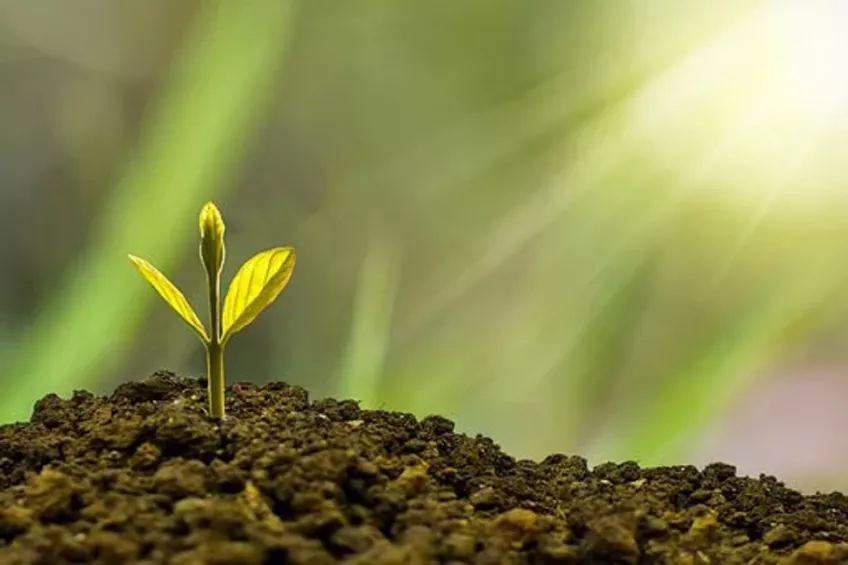Plant Systematics and Diversity BIOR96
10 credits
Molecular methods have revolutionized plant systematics during recent decades. Systematic information is becoming increasingly web-based, accessible for anyone who knows how to find it and make use of it. This course intends to update and deepen the participants’ knowledge with respect to the diversity, phylogeny and systematics of ferns, gymnosperms and angiosperms. The participants will get an overview of modern morphological terminology. We discuss theories and models based on molecular phylogenies, such as APGIV, the modern classification system of angiosperms. Internet-based tools are introduced and tested. The angiosperm families are presented with special emphasis on cultivated representatives.
Linnaeus would have been overwhelmed…!
Teaching
Studies are carried out at full time using a web-based approach. The course consists of seven work packages, which each include information about texts that are supposed to be studied and exercises that are supposed to be turned in. In addition to the textbook, information is acquired from internet-based sources. We will have a three-day IRL (In Real Life) session in Lund including exercises, student presentations, studies in the Lund Botanical Garden and a demonstration of the botanical part of the Lund Biological Museum. The language of instruction is English. The course is a part of a Nordic Masters’ programme in Biodiversity and Systematics (organised by Nordic Academy of Biodiversity and Systematics Studies – NABiS). This means that we have access to experts on different plant groups from leading universities in Sweden, Norway and Denmark. The course is optional in a Bachelor’s or Master’s degree in Science, major Biology. The course is also offered as a single subject course.
Examination
The examination is based on the results from the exercises that are completed and turned in during the course.
And then…
The course provides a solid foundation for occupations related to plant systematics, plant biology, teaching, nature conservation and horticulture. Recommended supplemental courses are the intermediate level course in Floristics (BIOF03) as well as the advanced courses focusing on Mosses, Lichen and Fungi (BIOR11), Bryophyte Morphology and Identification (BIOR97) and Plant Evolution and Adaptation (BIOR77).
Spring period 2
Full-time, distance, in English
Application
Course literature, 2024
Plant Systematics, third edition (2020) Michael G Simpson, Academic Press ISBN: 9780128126295 (online) . Available as an eBook through the library
Schedule
This is an online course with 1 compulsory excursion.
Course period 2024: April 15 - June 2, 2024, with the In-real life meeting in Lund May 13-15.
Evaluation
You find the latest evaluation on our web page with course evaluations.
Questions?
Lotta Persmark, Study advisor, biology and bioinformatics
Telephone: +46 46 222 37 28
Email: Lotta [dot] Persmark [at] biol [dot] lu [dot] se (Lotta[dot]Persmark[at]biol[dot]lu[dot]se)


